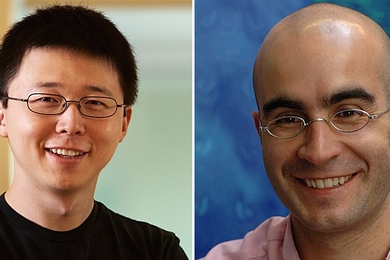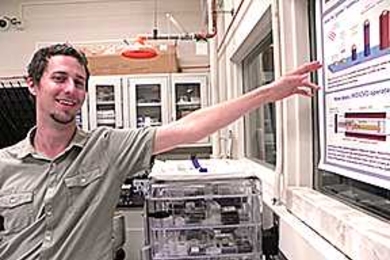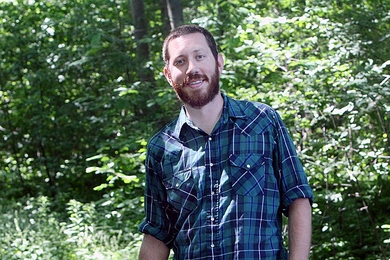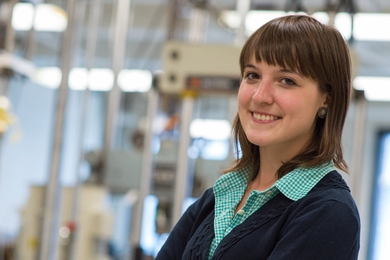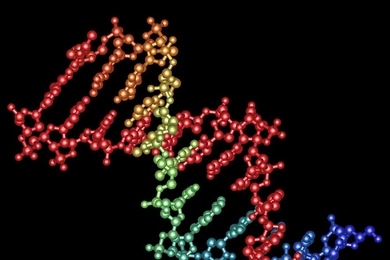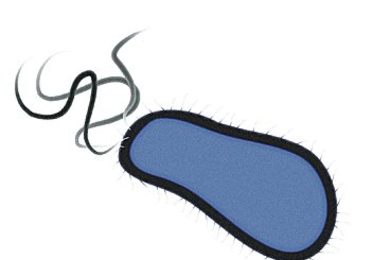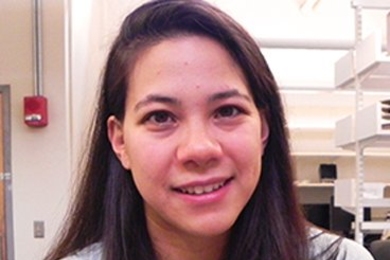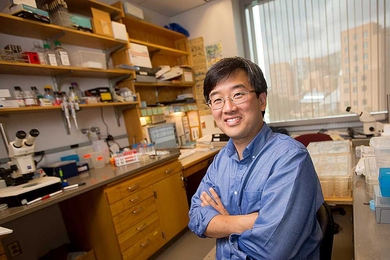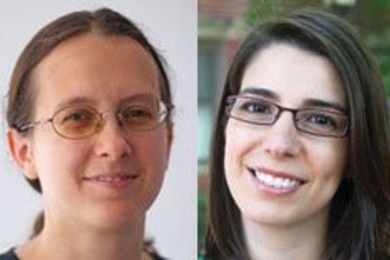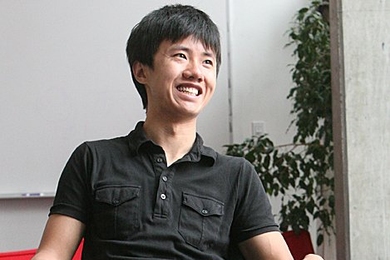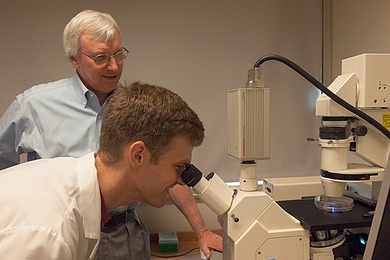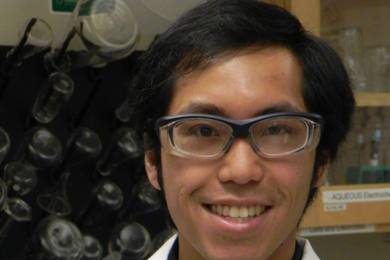Two from MIT named to Popular Science's Brilliant 10 list
Pedro Reis and Feng Zhang recognized as young stars in science and technology.
Controlling the growth of semiconducting nanowires
MIT doctoral candidate Sam Crawford has contributed to fundamental understanding of growth processes using metal seed particles.
Mappers, modelers and an anthropologist
HASTS doctoral student Tom Schilling is conducting an anthropological study of geology, forestry and First Nations-led mapping and modeling in rural British Columbia.
An easier way to control genes
New method for turning genes on and off could enable more complex synthetic biology circuits.
Three from MIT receive AMSE awards
Mechanical engineering faculty recognized at ASME 2013 International Design Engineering Technical Conferences
How quickly can a bacterium grow?
Physicist finds that E. coli replicate close to thermodynamic limits of efficiency.
MIT launches the Center for Neurobiological Engineering
Establishing a neuroengineering community that can set new research directions and address emerging issues in brain science.
Strengthening aerospace laminates
MIT PhD student demonstrates toughening with aligned carbon nanotubes.
A worm’s-eye view of immunity
Biology professor Dennis Kim seeks to understand the physiology and evolution of host-microbe interactions by studying a simple worm.
Four from MIT named to ‘AI’s 10 to Watch’ list
Ranking celebrates rising researchers in the field of artificial intelligence
From theory to practice
PhD student Kuang Xu has found a way to apply predictive modeling to improve emergency-room wait times.
Why tumors become drug-resistant
New findings could lead to drugs that fight back when tumors don’t respond to treatment.
Tuning metal-oxygen bond strength
Controlling spin state through strain could lead to better cathodes for solid oxide fuel cells
